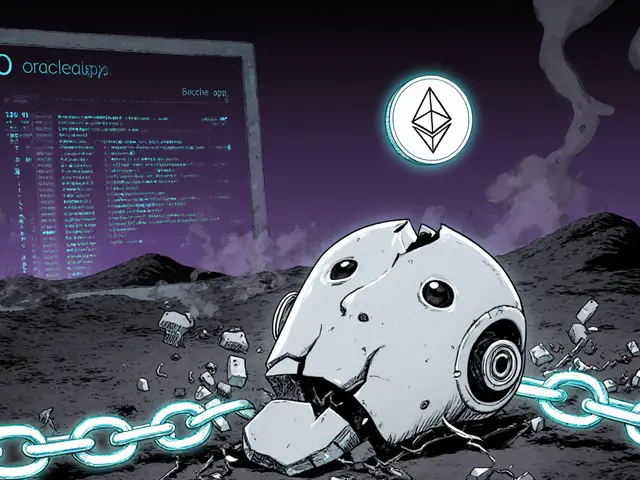KALA token – All You Need to Know
When talking about KALA token, a utility and governance asset built on a public blockchain, it helps to understand the surrounding concepts. The airdrop, a free distribution of token units to eligible users often serves as the first touch‑point for newcomers. Meanwhile, tokenomics, the economic design that defines supply, distribution, and incentives determines how the KALA token behaves in the market. Finally, DeFi, decentralized finance platforms that let users lend, borrow, and earn yield without intermediaries provides the playground where KALA can be staked, swapped, or used as collateral. In short, KALA token connects tokenomics, airdrops, and DeFi, creating a loop where each element fuels the others.
Why Tokenomics Matters for KALA
Understanding KALA's tokenomics is the first step to judging its long‑term value. The supply cap, vesting schedule, and reward structure are all baked into the smart contract. A low inflation rate usually means less dilution for holders, while a clear vesting schedule protects the ecosystem from sudden sell‑offs. Because KALA token is often paired with an airdrop, the tokenomics dictate how many free units are set aside and who qualifies. For example, a common model allocates 5% of total supply to community airdrops, releasing tokens over six months to avoid price shocks. This design directly influences DeFi use cases – a stable supply encourages liquidity providers to add KALA to pools, knowing that unexpected token floods are unlikely.
When KALA lands on a DeFi platform, its tokenomics shape the incentives for staking and yield farming. Platforms typically offer higher APY for newer tokens, but the real driver is the reward formula in the smart contract. If the contract reserves a portion of transaction fees for stakers, participants get a steady income stream that compounds over time. This, in turn, makes the token more attractive for future airdrops, as projects often target active stakers for extra giveaways. So the tokenomics, airdrop strategy, and DeFi utility form a three‑way connection that boosts community engagement and price stability.
DeFi and Airdrop Opportunities with KALA
DeFi platforms are the launchpads for most KALA airdrop campaigns. Whether it’s a DEX aggregator, a lending protocol, or a yield optimizer, each service can lock up KALA tokens as part of its incentive program. Users who provide liquidity on a KALA‑paired pool often receive snapshot eligibility for upcoming airdrops. The snapshot date, transaction volume, and holding period become key metrics that the airdrop algorithm checks. Because DeFi protocols publish their smart contract code, savvy users can verify the exact rules before committing funds, reducing the risk of scams.
Beyond simple snapshots, some projects introduce gamified airdrops: complete a trade, add liquidity, or vote on governance proposals, and you earn extra KALA tokens. These actions deepen the relationship between the token and its ecosystem, reinforcing the tokenomics foundation. As the DeFi space evolves, cross‑chain bridges also let KALA move between blockchains, expanding the pool of potential airdrop participants. This fluidity means that keeping an eye on DeFi news and protocol updates is essential for anyone who wants to maximize KALA rewards.
Below, you’ll find a curated set of articles that break down each of these pieces – from step‑by‑step airdrop guides and tokenomics deep dives to practical DeFi tutorials. Whether you’re new to KALA or looking to fine‑tune your strategy, the posts ahead give you the tools and context you need to make informed moves.
Discover the full story behind the KALATA X CoinMarketCap airdrop: tokenomics, eligibility steps, impact, and future prospects for the KALA token.
Read More





